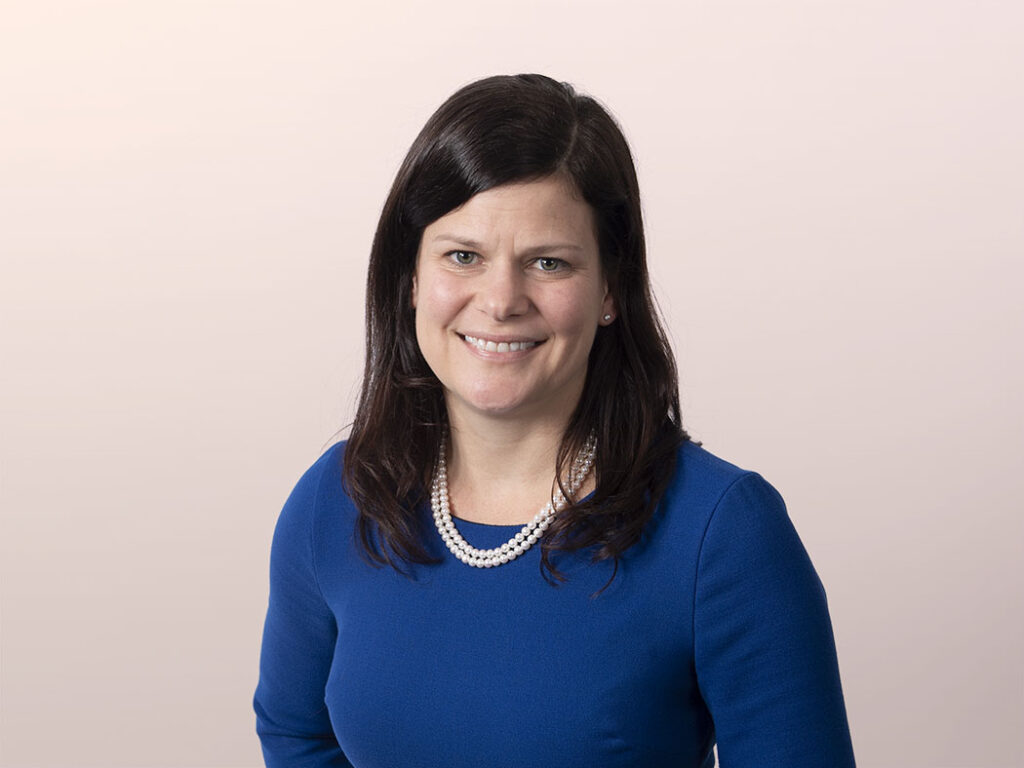Global Accessibility Awareness Day: Equal Access Is Good Business
Yesterday, my LinkedIn feed lit up with posts from individuals and companies stating their commitment to digital inclusion. Why? Because it was Global Accessibility Awareness Day (GAAD), a day aimed at getting everyone talking and learning about digital accessibility and inclusive design.
Why do we need a day dedicated to this? Because many companies are still unaware of how important accessibility is — not just because it’s ethically and morally the right thing to do but because it’s imperative for businesses that want to access new markets (like people with disabilities), avoid legal risk, attract and retain talent, and create a better experience for all customers (something called the “curb-cut effect”).
If you or your organization aren’t convinced there’s a revenue opportunity in focusing on accessibility, consider the numbers: Did you know the population of people with disabilities is roughly equivalent to the size of North and South America combined? And that people with disabilities spend $1.2 trillion annually, a number that expands to $8 trillion when you include their friends and family who prefer to support organizations whose products are accessible?
There’s a good chance you’re missing out on getting money from this market today because your digital experiences shut these customers out — while competitors who do prioritize accessibility win them over.

More and more companies are waking up to the opportunity behind digital accessibility. In all those LinkedIn posts yesterday, here are a few items that caught my eye:
Adobe is requiring that all its designers take its new inclusive design training. Adobe Head of Inclusive Design Matt May announced that all designers will complete the training program by the end of 2019. And Adobe will release its program to the public in 2020. For more about this announcement, read Making Inclusive Design the Norm.
Google is updating its Live Transcribe app. Aimed at helping people who are deaf or hard of hearing, Live Transcribe provides real-time transcription of conversations. Yesterday’s announcement included the ability to “see” sound events — like when a dog is barking or a vehicle is whizzing by — and an option to copy and save transcripts of conversations, something that will be helpful for many people, such as those learning a new language. Learn more about Google’s updates to Live Transcribe.
Eighty-five percent of Facebook videos are watched without sound — and mostly not by deaf users. Of course, that’s not because 85% of Facebook’s users are deaf or hard of hearing; it’s because many people prefer to watch videos without sound — like when commuting on public transportation. This is a perfect example of how accessibility features — in this case, captioning — benefit everyone. See the full list of 50 facts about accessibility from the Bureau of Internet Accessibility.
Ready to get started with accessibility? We can help.
Forrester’s coverage of accessibility and inclusive design will continue this year with a series of FAQs that will answer the top accessibility questions we hear from our clients, so stay tuned! In the meantime, here’s a roundup of our coverage on this topic over the last year:
“The Inclusive Design Imperative: Win And Retain More Customers” — This report provides concrete tips for how to build inclusion into your design process.
“The Billion-Customer Opportunity: Digital Accessibility” — This report is packed with data to help you make the business case to your organization — or yourself!
Accessible Pizza And Other Highlights From CSUN 2019 and What XD Pros Can Learn From Diversity And Inclusion Leaders — These blog posts highlight my takeaways from two recent conferences on accessibility and inclusion.
—Gina
